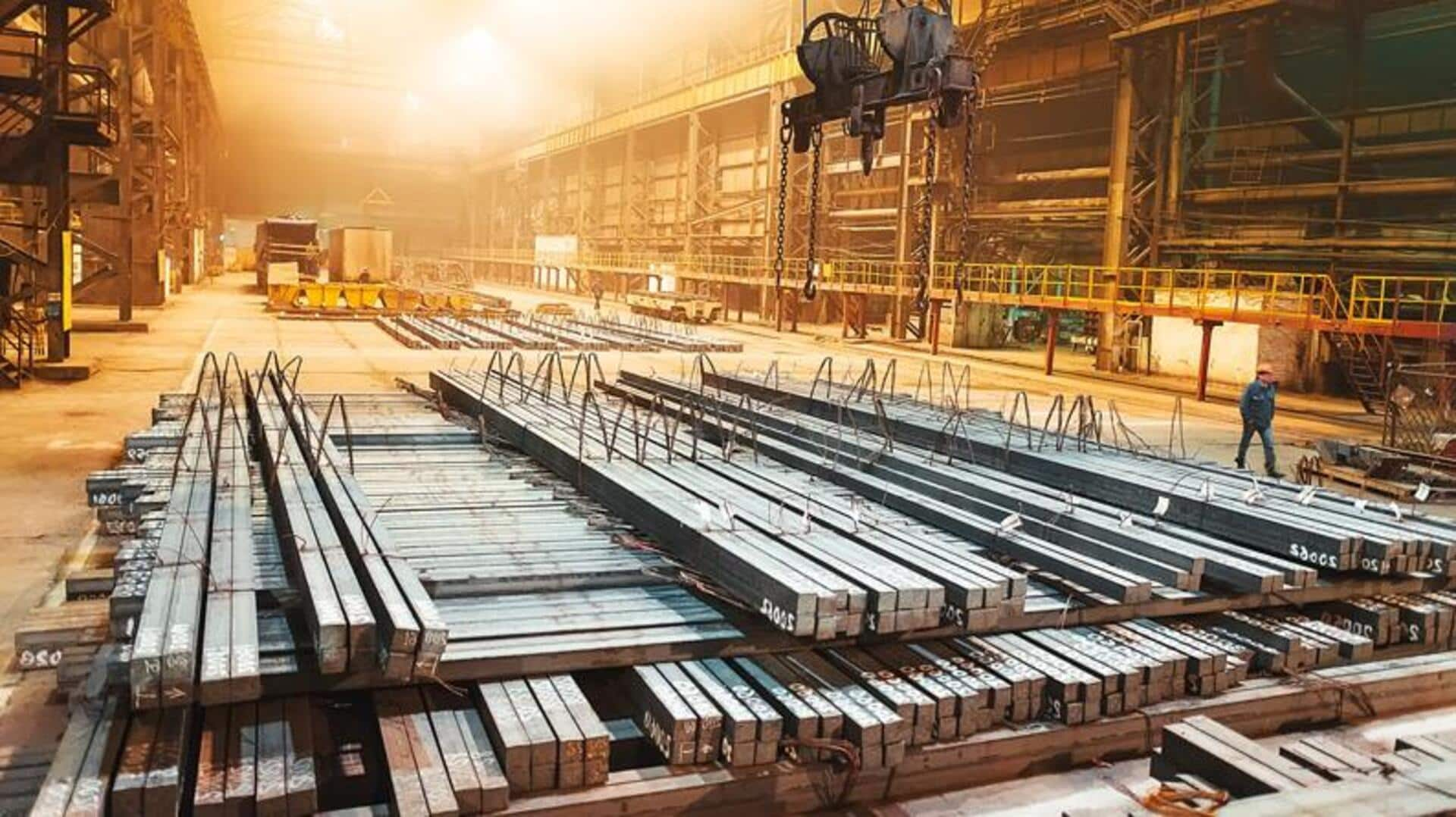
India's steel demand to grow at 8.6% in 2023
What's the story
India's steel demand is projected to experience a 'healthy growth' of 8.6% in 2023, as against the global average increase of 1.8%, according to The World Steel Association (worldsteel).
"After a growth of 9.3% in 2022, steel demand is expected to show healthy growth of 8.6% in 2023 and 7.7% in 2024," said worldsteel in its Short Range Outlook (SRO).
Despite high interest rates, India's economy remains steady, and the steel demand is expected to continue its high growth momentum.
Details
Construction sector receiving a boost from government spending
India's construction industry is booming, thanks to increased government spending on infrastructure and a rebound in private investment.
This investment in infrastructure also fuels the expansion of the capital goods sector. Additionally, the automotive industry is set to enjoy continued strong growth.
What Next?
Consumer durables currently underperforming, but will improve by 2024
Although the consumer durables sector is currently lagging due to rising inflation and interest rates limiting discretionary spending, worldsteel forecasts improvement in 2024.
This is attributed to festive season spending and advancements in the Production Linked Investment (PLI) schemes.
Insights
Recovery of global steel demand slower in advanced economies
Mximo Vedoya, Chairman of the Economics Committee of worldsteel, pointed out that steel demand has been affected by high inflation and interest rates.
Steel-using industries' activities have significantly cooled since the second half of 2022, particularly impacting the EU and the US.
As a result of the delayed effect of tightening monetary policy, worldsteel expects a slow rebound in steel demand in advanced economies, while emerging economies are poised for more rapid growth.
Facts
Uncertainty surrounding China's steel demand and regional conflicts
"We expect the situation in China's property market will stabilize in the latter part of the year and its steel demand will record slight positive growth thanks to government measures," Vedoya said. However, uncertainty remains for China's 2024 outlook, depending on policy directions to tackle economic challenges.
Vedoya also noted that regional conflicts and unrest, such as those in Russia, Ukraine, Israel, and Palestine, could lead to rising oil prices and further geo-economic fragmentation, posing downside risks.